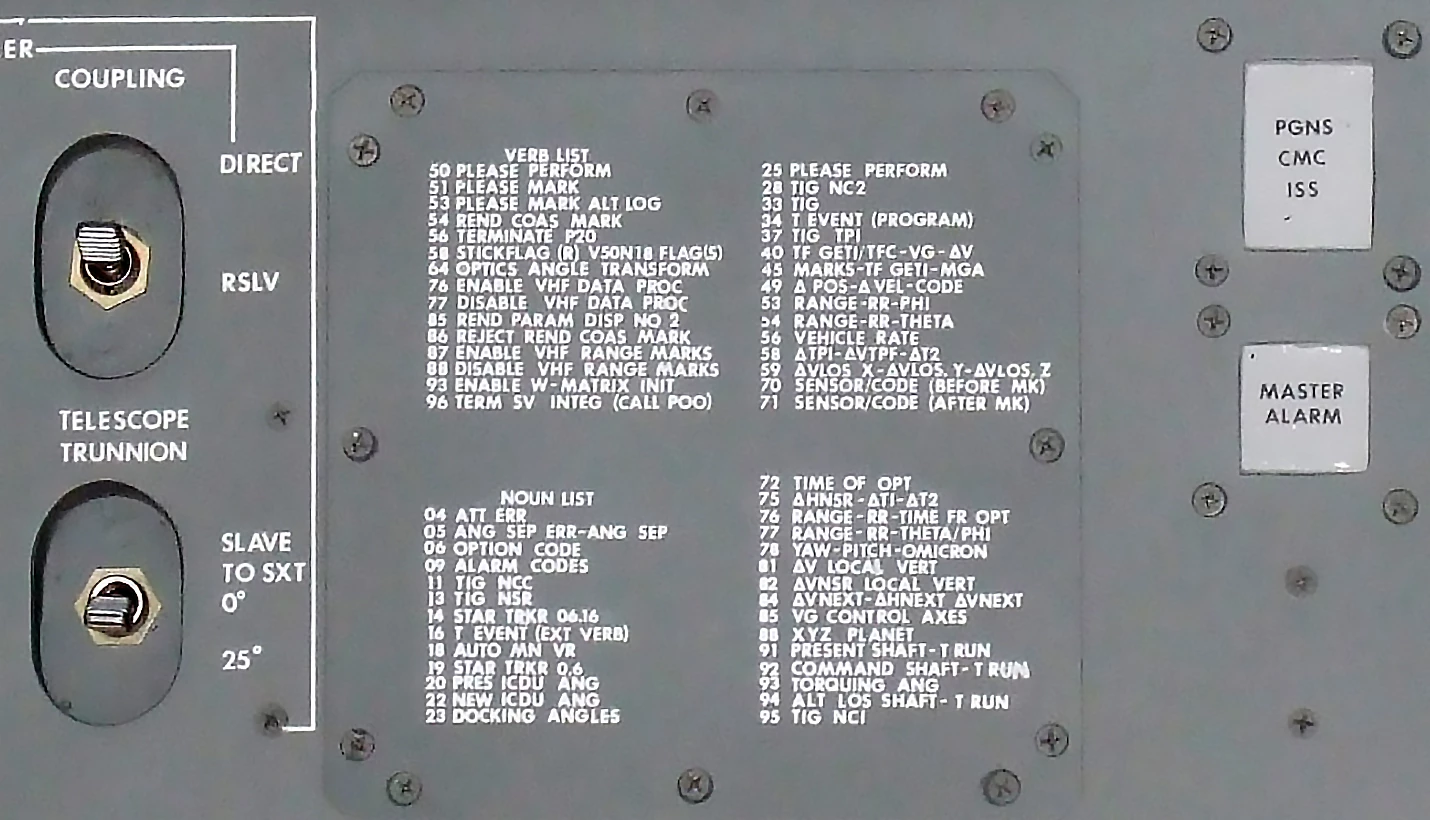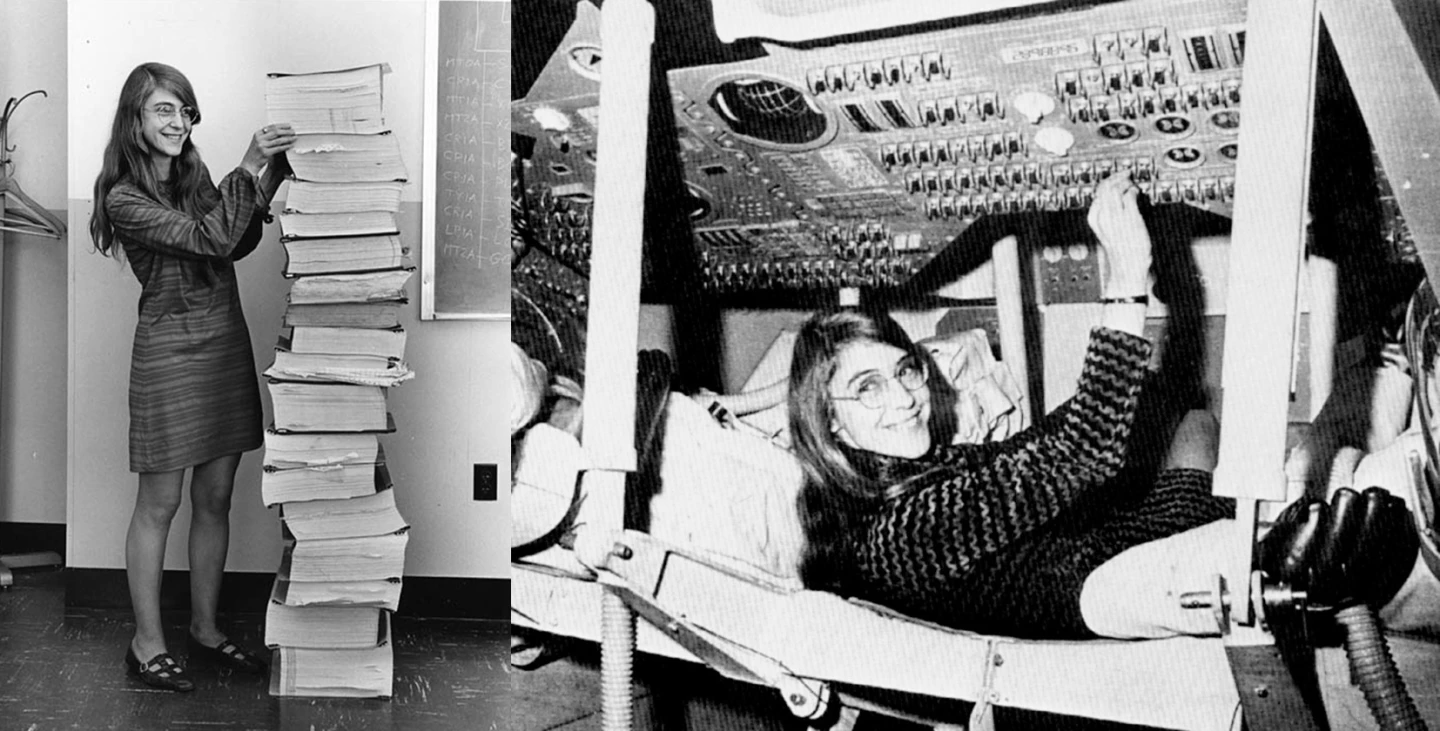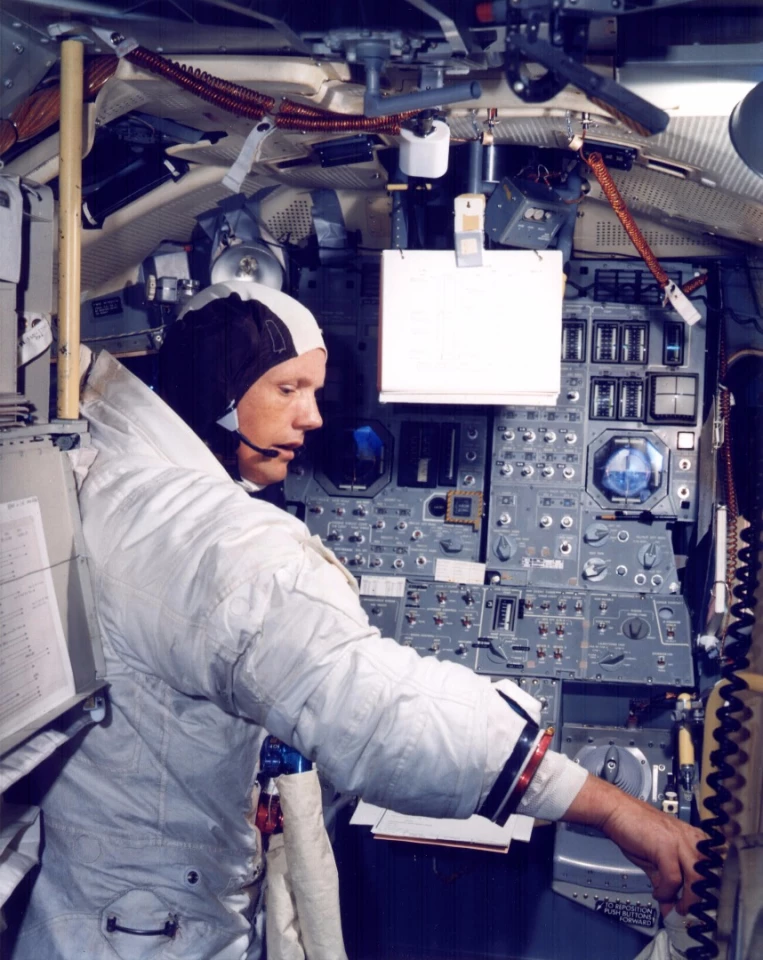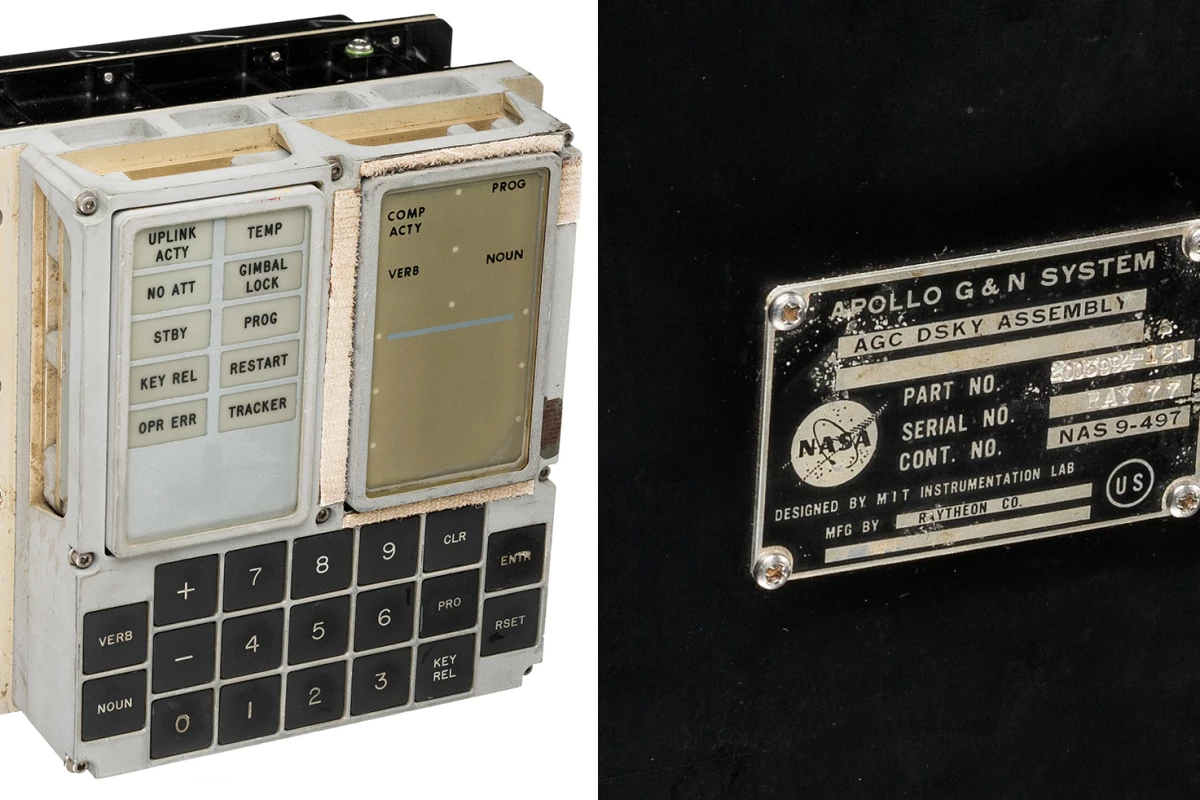The prices fetched at auction are a useful guide to the perceived societal value of significant historical objects, and the sale of an Apollo Guidance Computer DSKY (DiSplay&KeYboard) for $93,750 this week could not be more illustrative of contrasting views.
Designed in the early 1960s, the Apollo Guidance Computer (AGC) was created for the Apollo space program, and was one of the first, if not the first computer using integrated circuits. That's a full decade prior to the first commercially available microprocessor – the 4-bit Intel 4004 central processing unit (CPU) was released in 1971.

Only 75 Apollo Guidance computers were ever made, and on average, they each cost the United States around $200,000 (equivalent to $1.5 million today). Hence not only is this computer rare, very expensive to produce, and an example of state-of-the-art design and fabrication of the period, it is the common ancestor of every computer.

Here's the AGC description from Heritage Auctions: Not flown. An eighteen pound, 8" x 8" x 7" M.I.T.-designed and Raytheon-manufactured data entry and display device with nineteen keys and a twenty-one digit display. A unit like this was mounted into the control panel of each lunar module and two were found in each command module. This was the astronaut's interface allowing access to the groundbreaking Apollo Guidance Computer, developed by MIT, on board. It permitted the astronauts to collect and provide flight information and was very important in the precise landings on the moon needed for a successful mission. Each different program had a two-digit code and commands were entered as two-digit numbers in a verb-noun sequence.

The scientist in charge of the software development program for the Apollo Guidance Computer was Margaret Hamilton, Director of the Software Engineering Division of the MIT Instrumentation Laboratory. Curiously, the world's first computer programmer was also female. Countess Ada Lovelace wrote the world's first algorithm in 1840 and was perhaps the first person to recognize that Charles Babbage's Analytical Engine had applications beyond pure calculation. There's an in-depth article on Margaret's contribution to the world we now know at Futurism. You can explore how the Apollo computer worked with this online DSKY simulator.

Though the DSKY sold by Heritage Auctions for $93,750 last week was the highest price yet fetched by an Apollo Guidance computer DSKY, it only marginally exceeded the $92,865.60 paid in 2011 for a DSKY from the Command Module simulator at the Johnson Space Center. Though neither unit flew in space, that particular unit had been used extensively by every Apollo mission member (most famously by Armstrong, Aldrin, and Collins), and hence could be considered more valuable.
In recent years the rare DSKY units that have reached auction have fetched around half that figure, with a unit fetching $65,189.60 in 2015 and another fetching $50,787.50 in 2009. Several of the landing sequence pages from the Lunar Module Guidance and Navigation Dictionary which flew to the moon landing with Armstrong, Aldrin and Collins sold in 2016 for $175,000.

Putting a value on historical significance
By contrast, memorabilia from cult science fiction film and television franchises such as Star Wars and Star Trek is far more valuable at auction than the landmark Apollo computer.
The hero visual effects miniature of the Starship Enterprise-D from Star Trek: The Next Generation sold at a Christies auction in 2006 for $576,000, while the Starship Enterprise command chair used by Captain Kirk (played by William Shatner) in the original Star Trek series sold for $304,750 in 2002.

Star Wars memorabilia is equally sought-after, with Profiles in History selling a filming-miniature Rebel Blockade Runner spacecraft for $450,000 in October 2015, and a T.I.E. Fighter filming miniature selling for $402,500 in 2008.
In our research of auction prices we have found many such miscalibrations between breakthrough scientific documents and instruments, and we contend that genuine landmark space memorabilia is also vastly undervalued by comparison to items deriving from popular culture.
In the long term, we expect perspective to be restored and these real items, which are of far more significance to mankind because they played a role in one of science's greatest triumphs, will become increasingly valuable.
Source: Heritage Auctions









